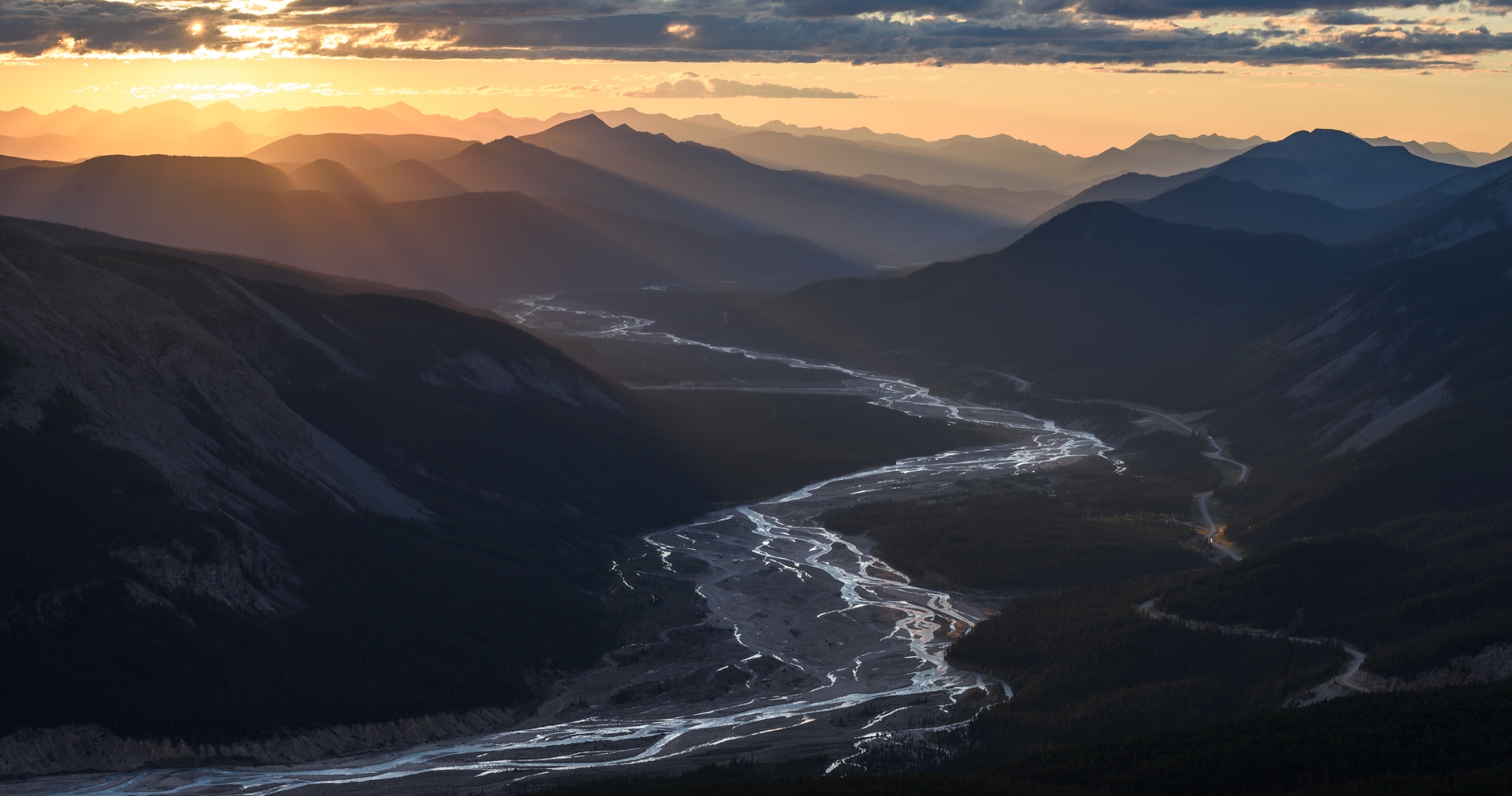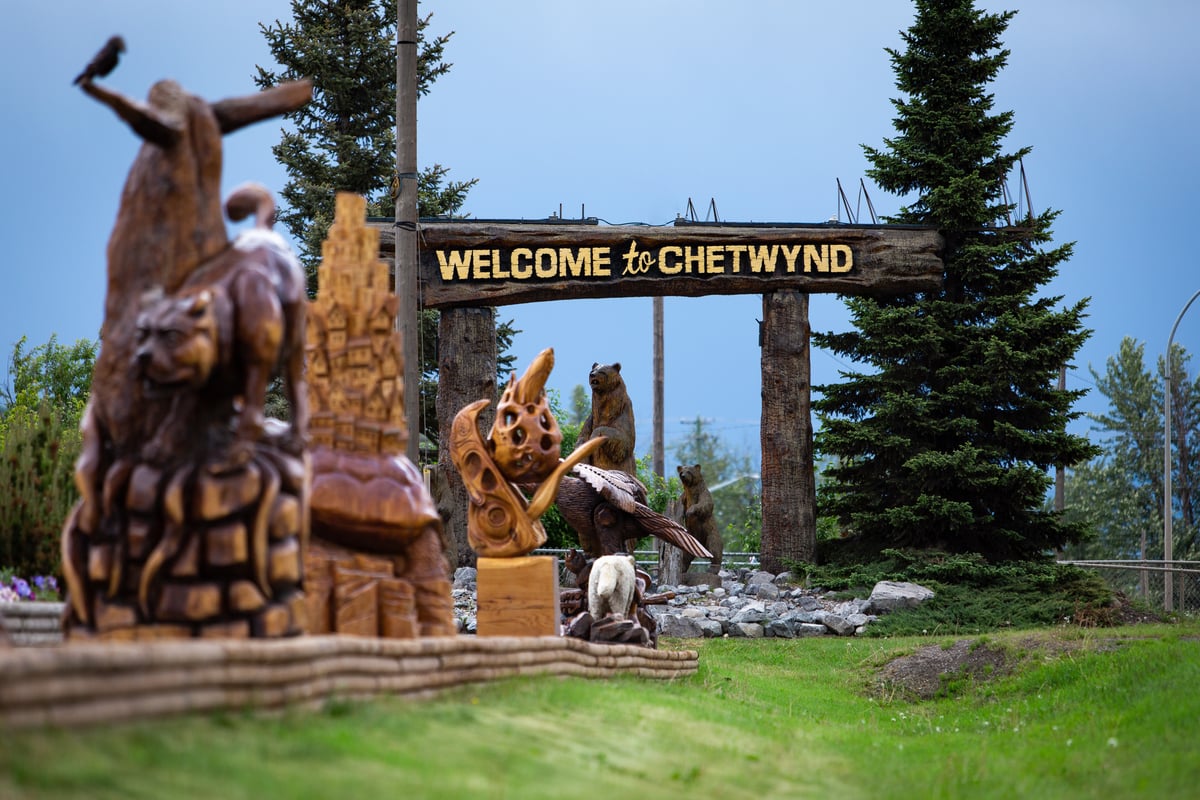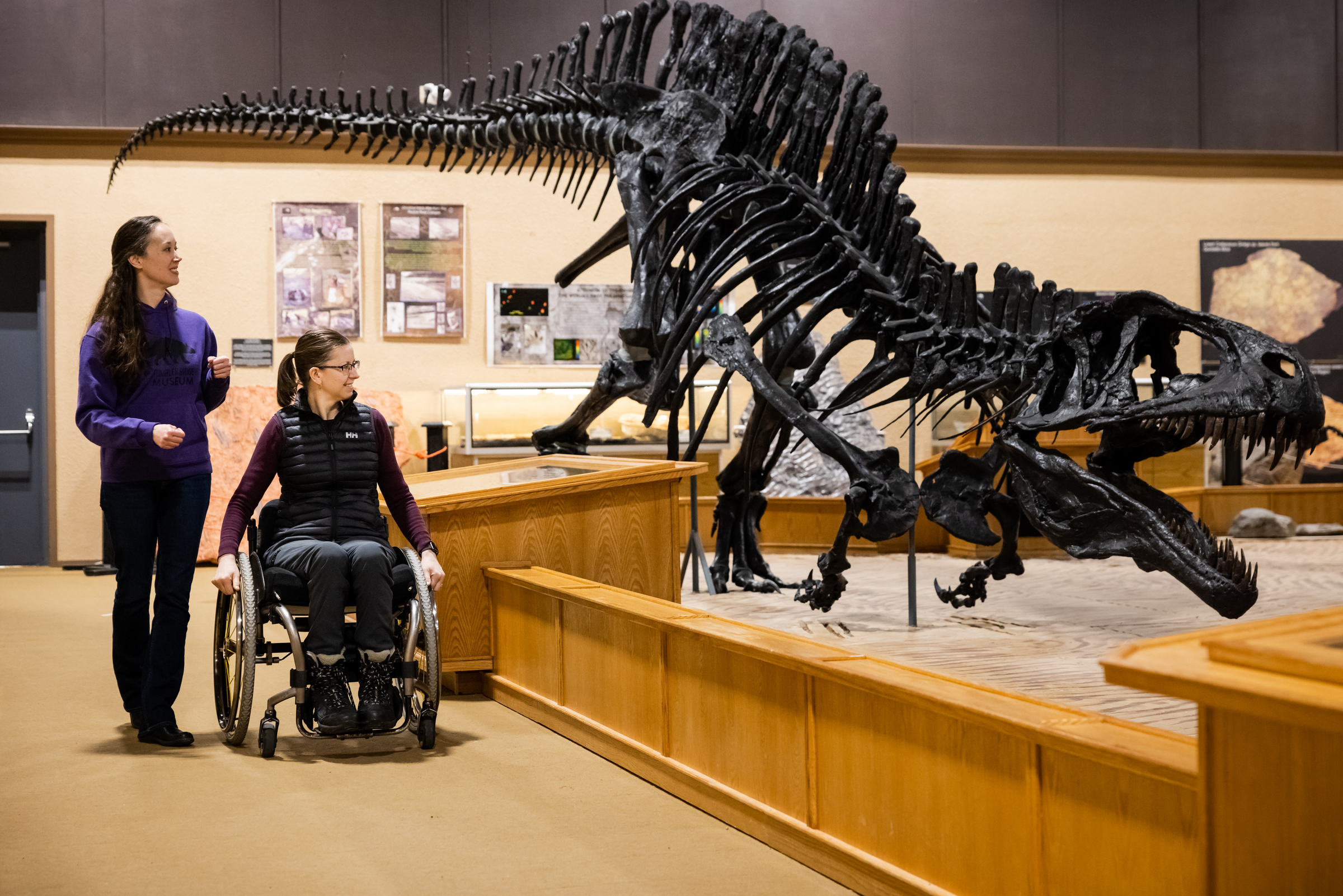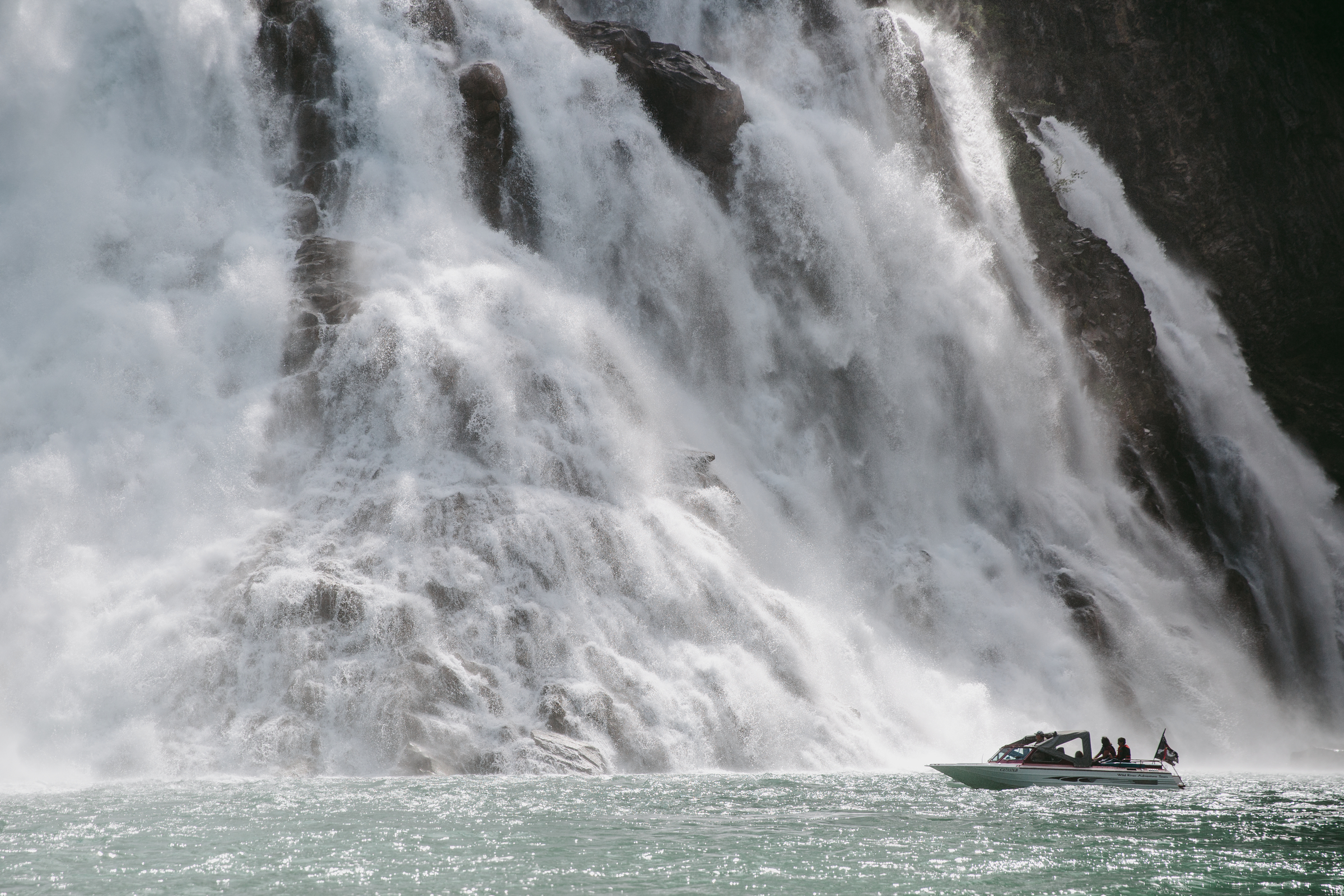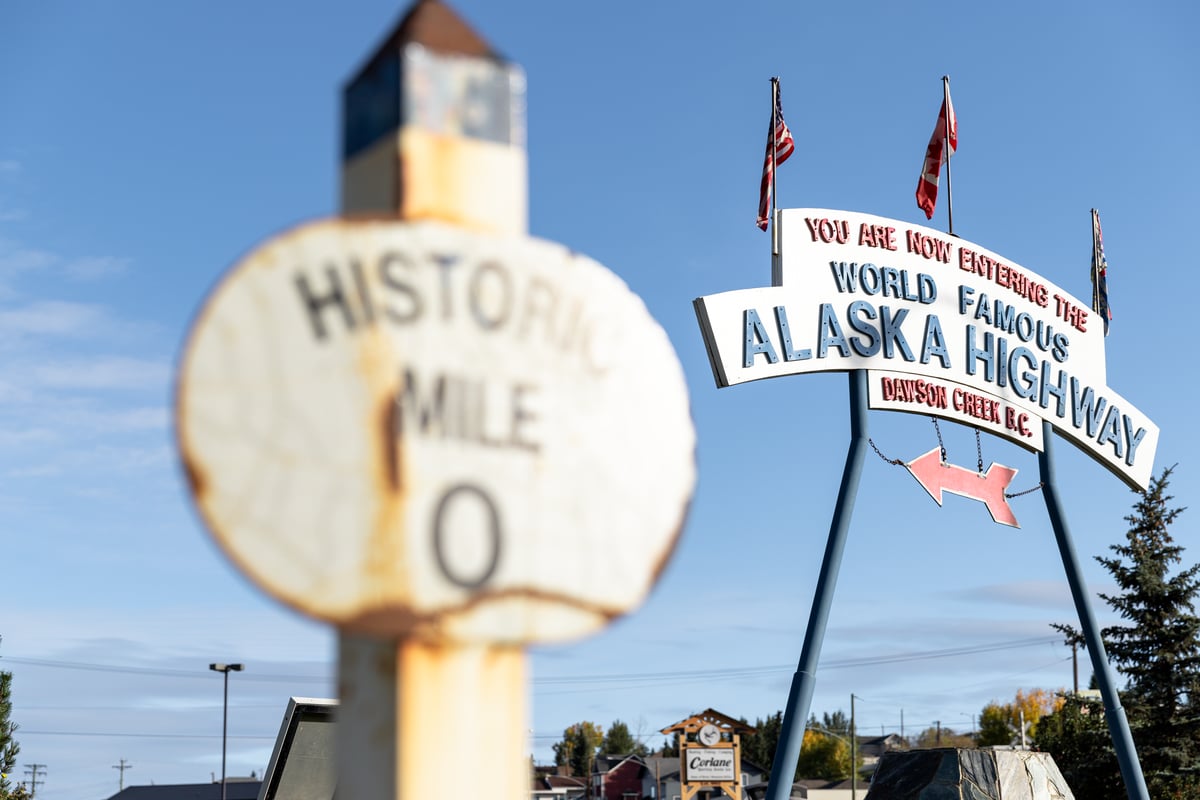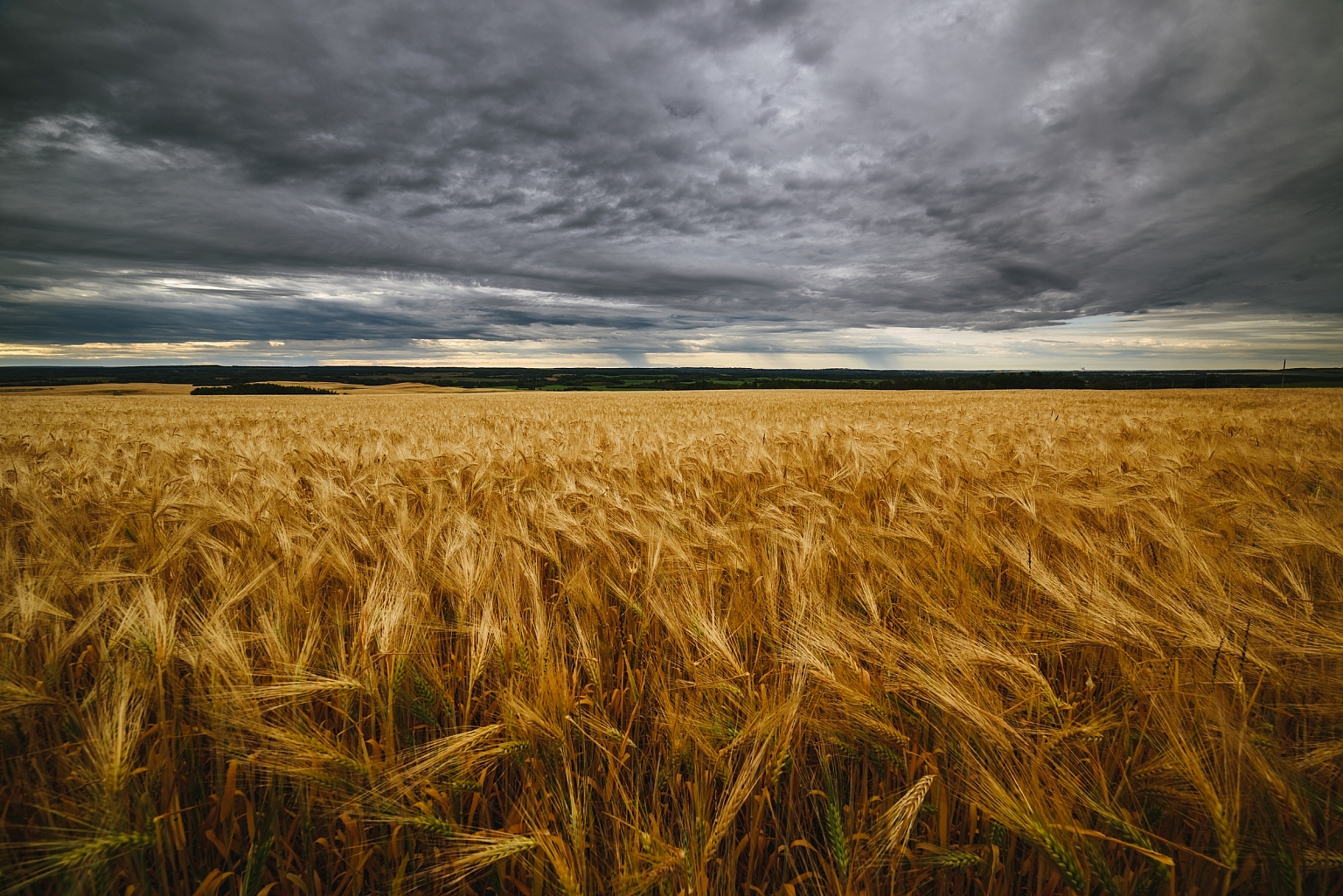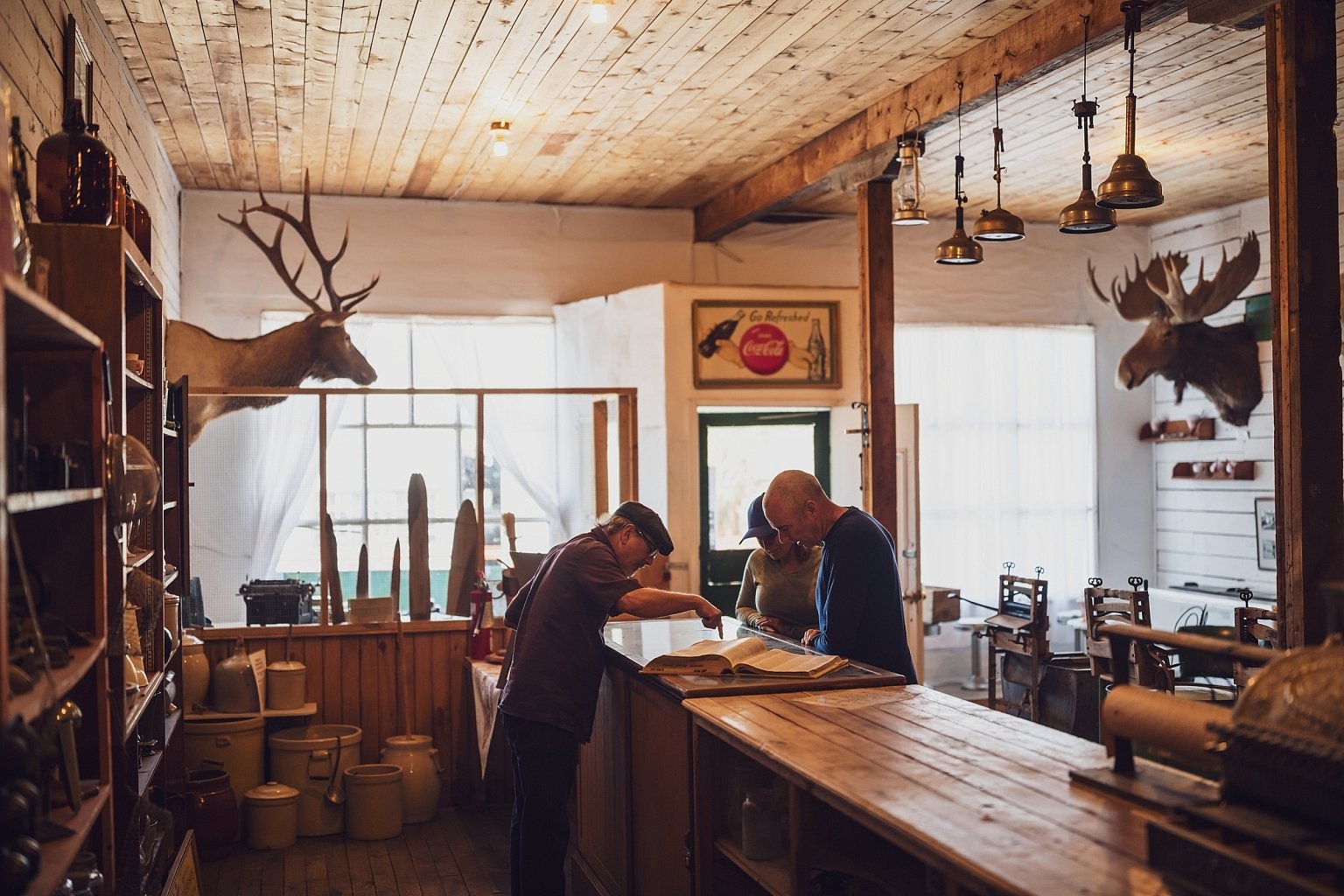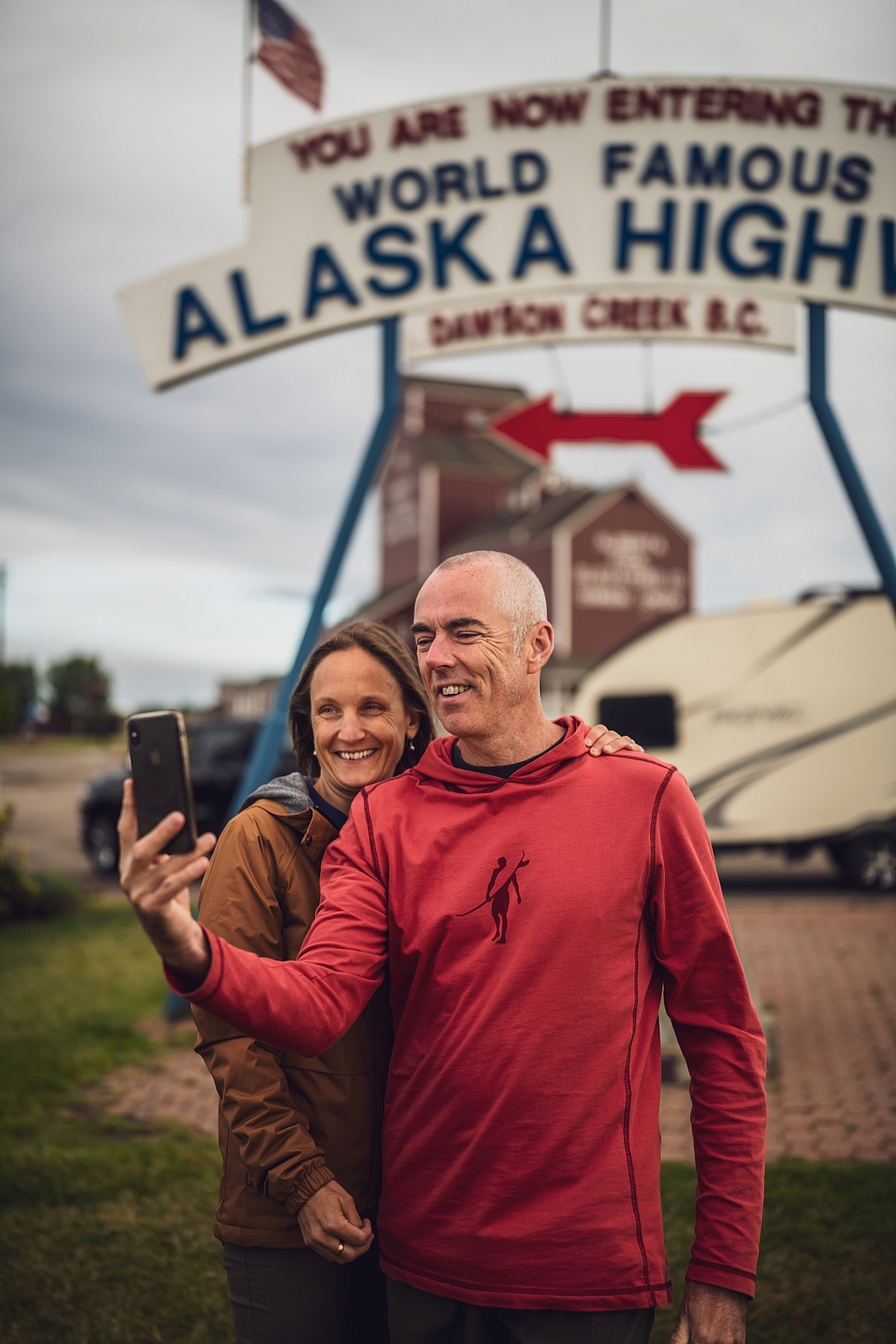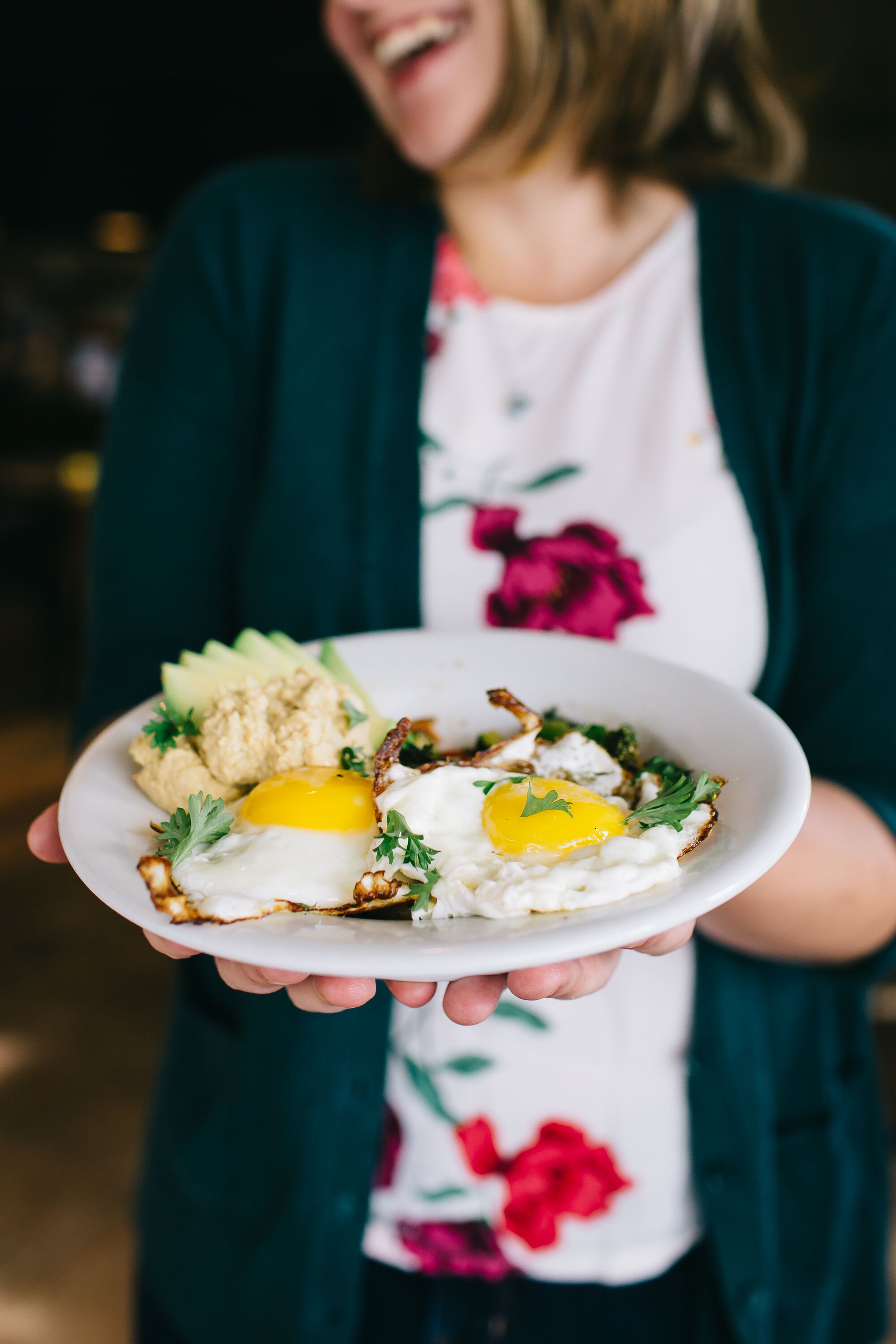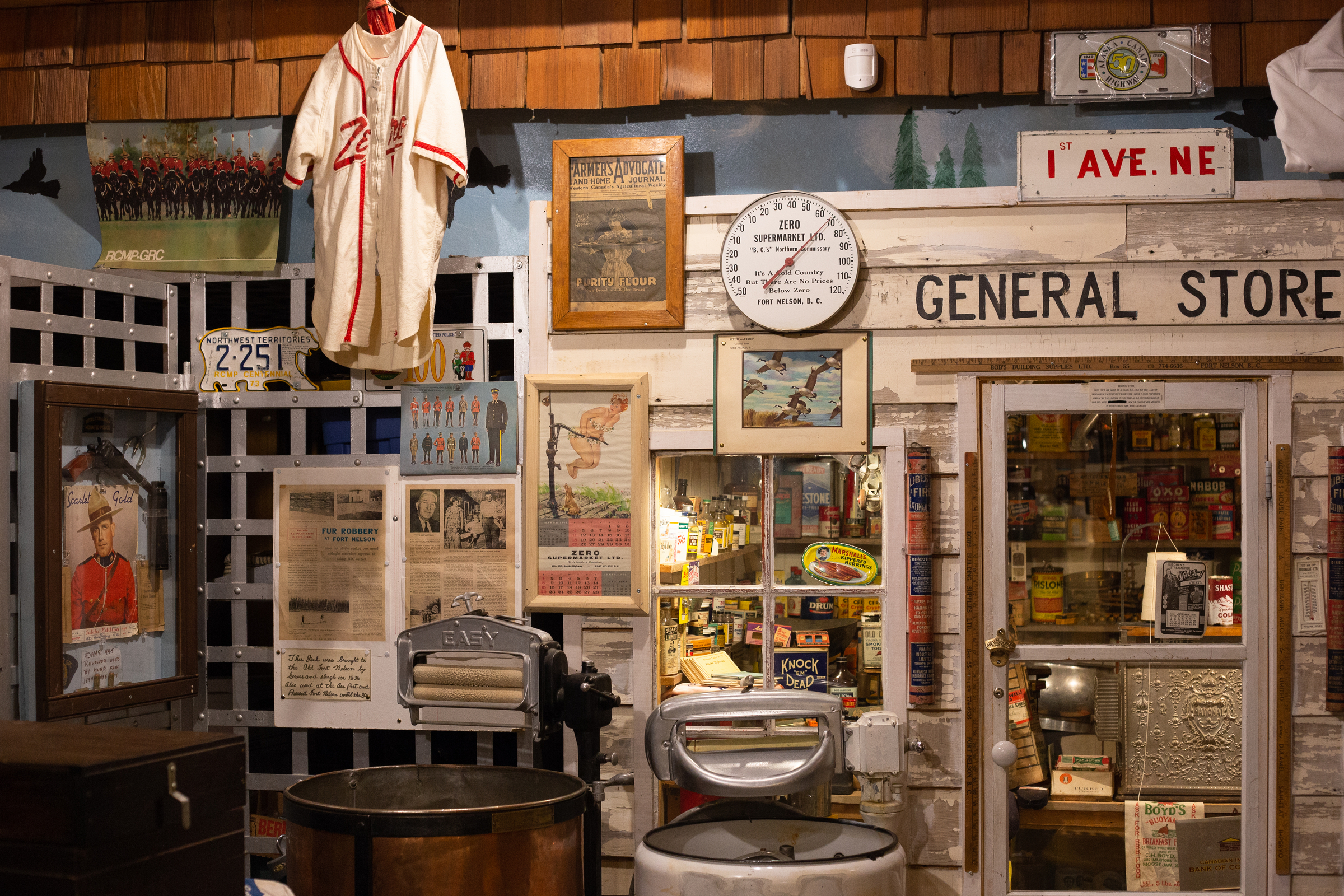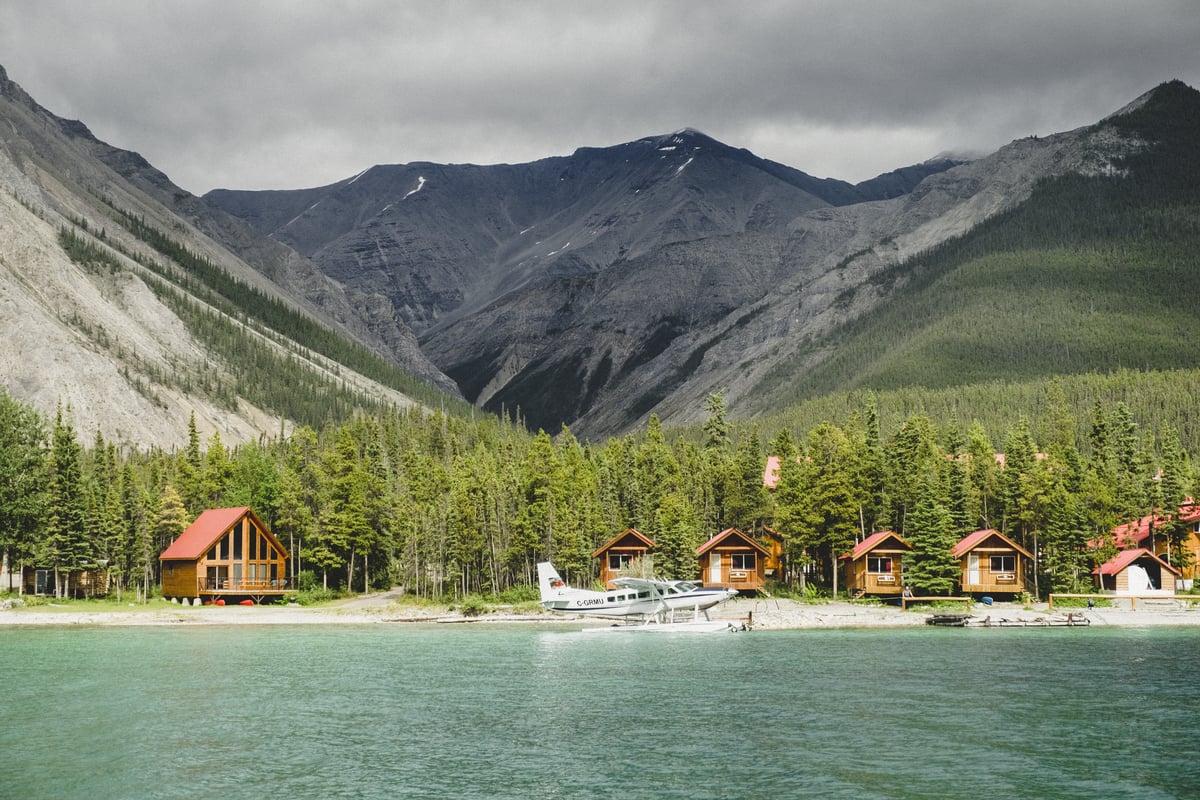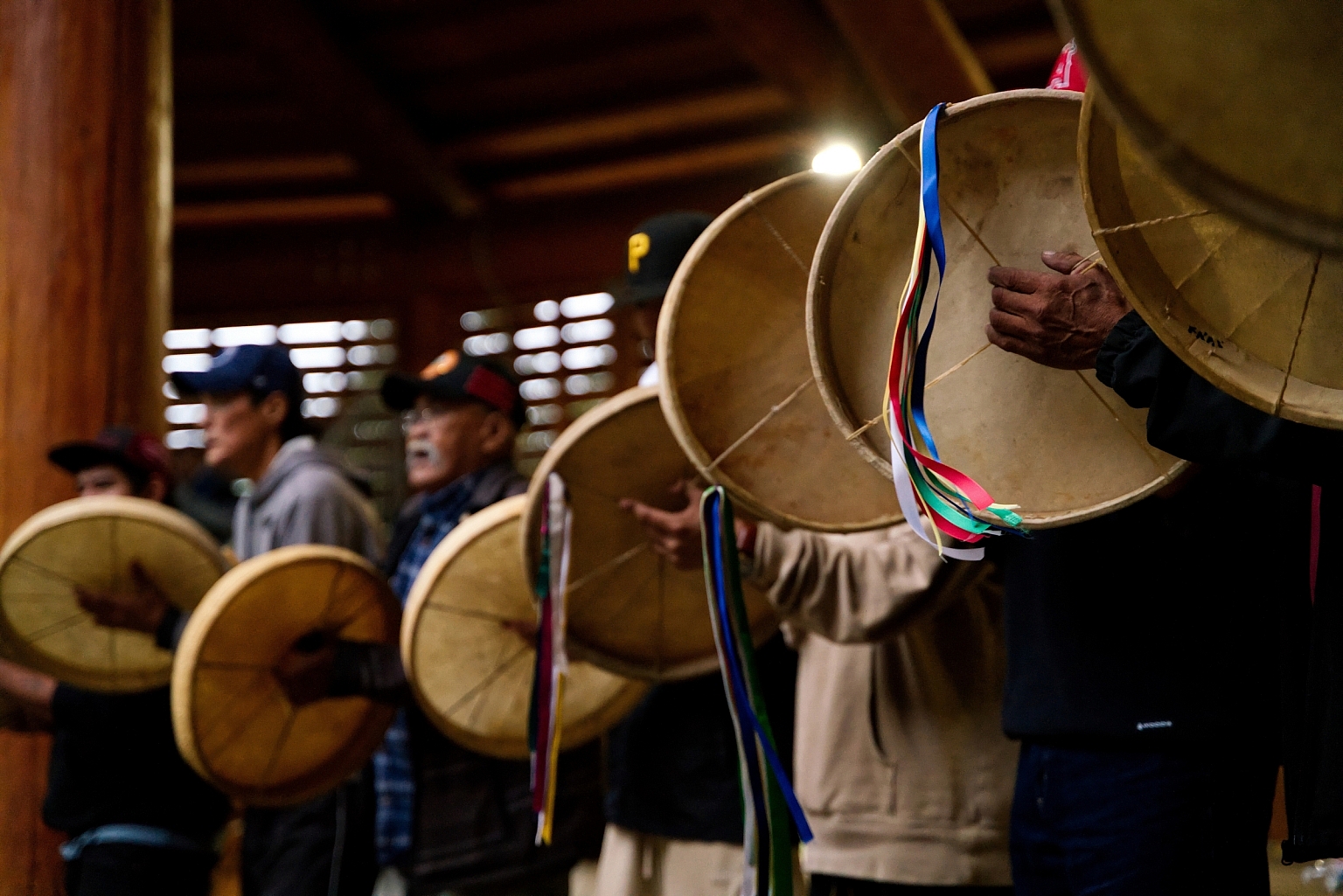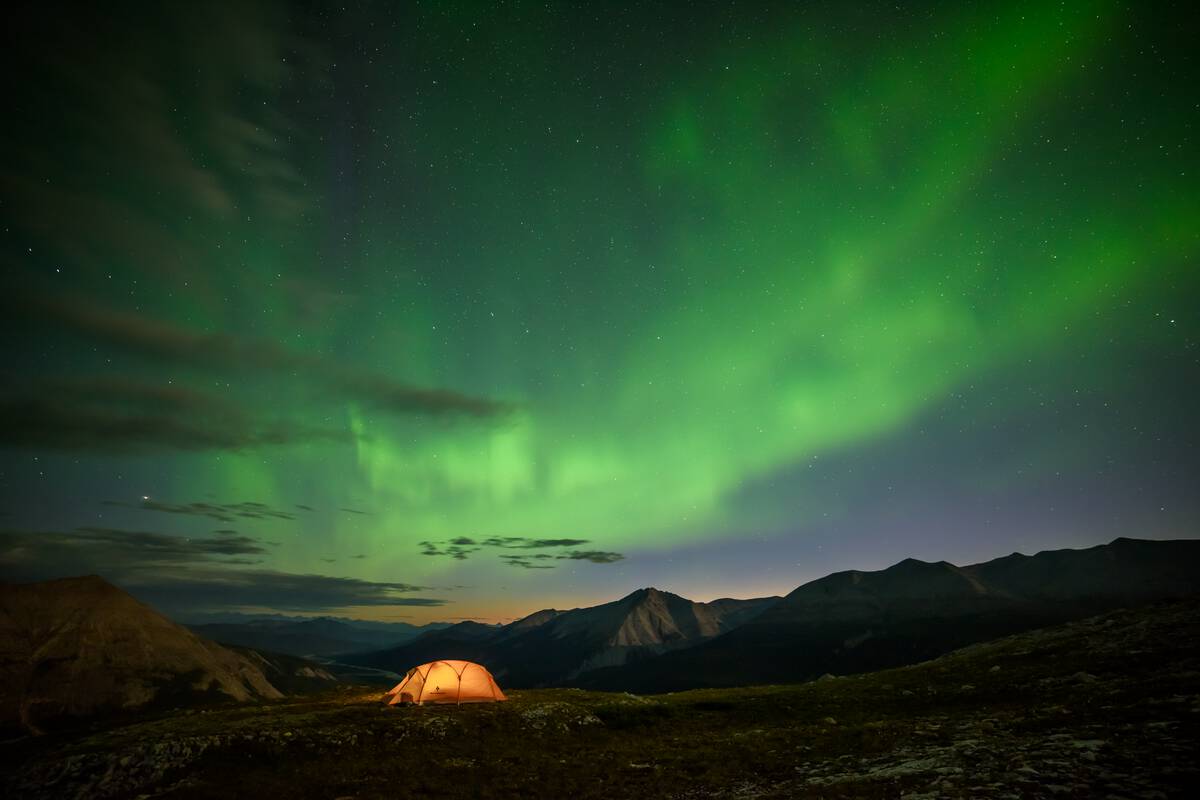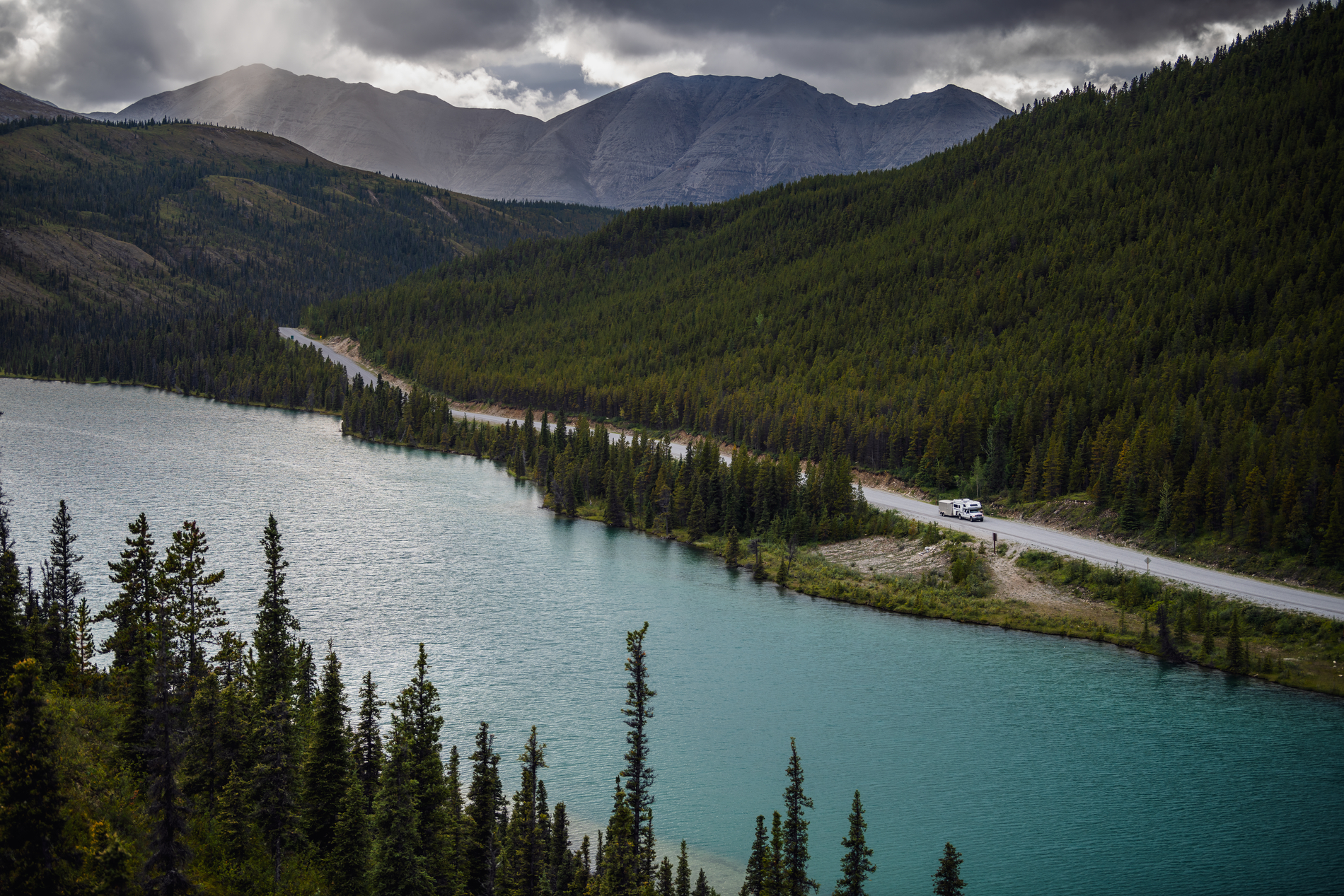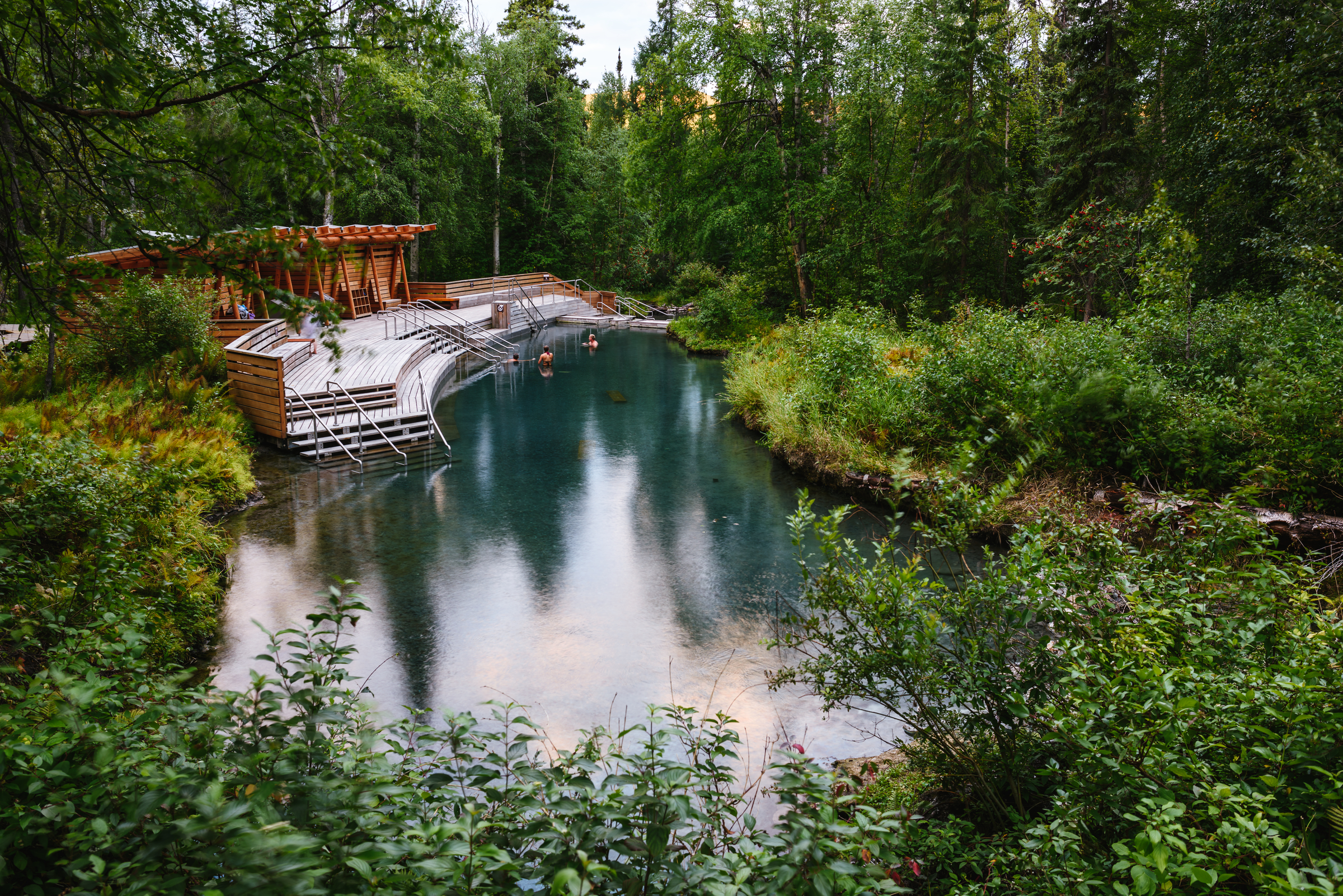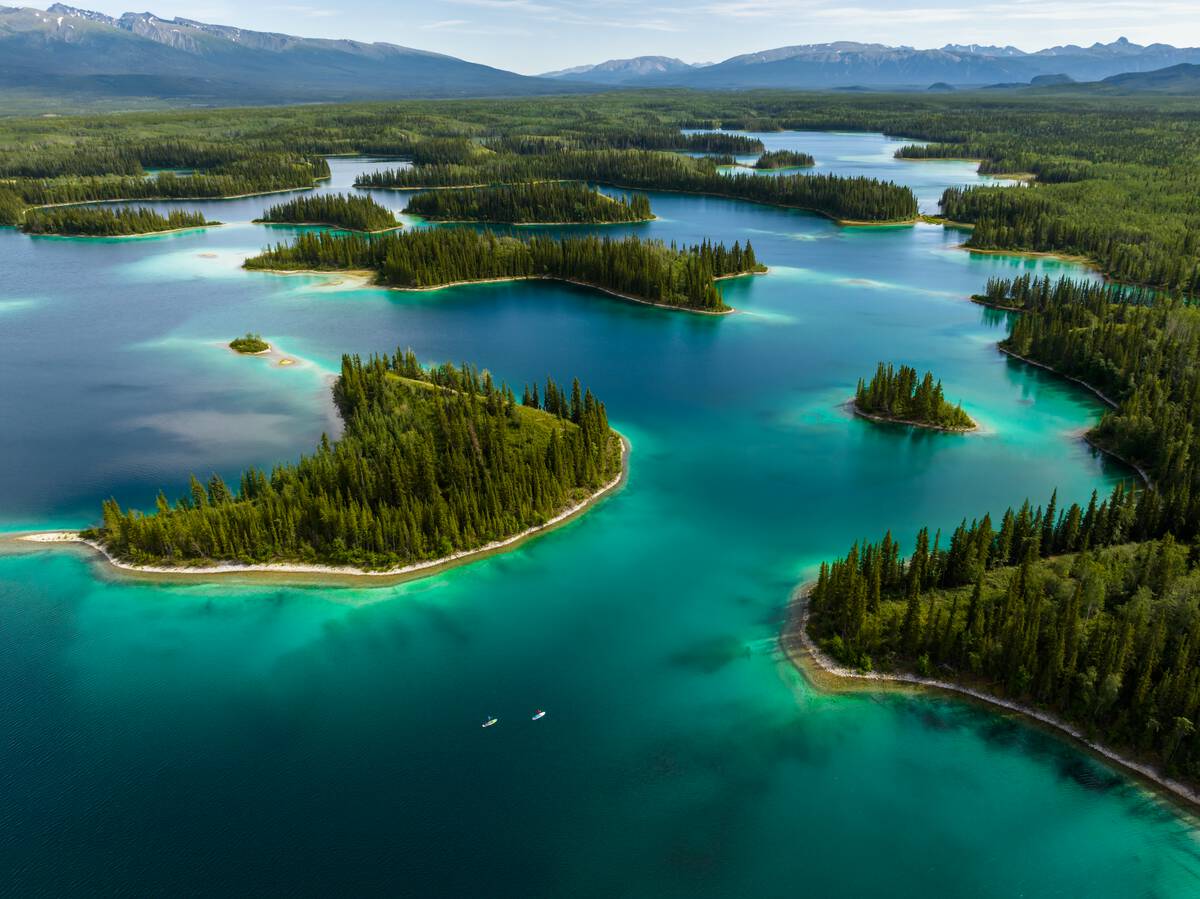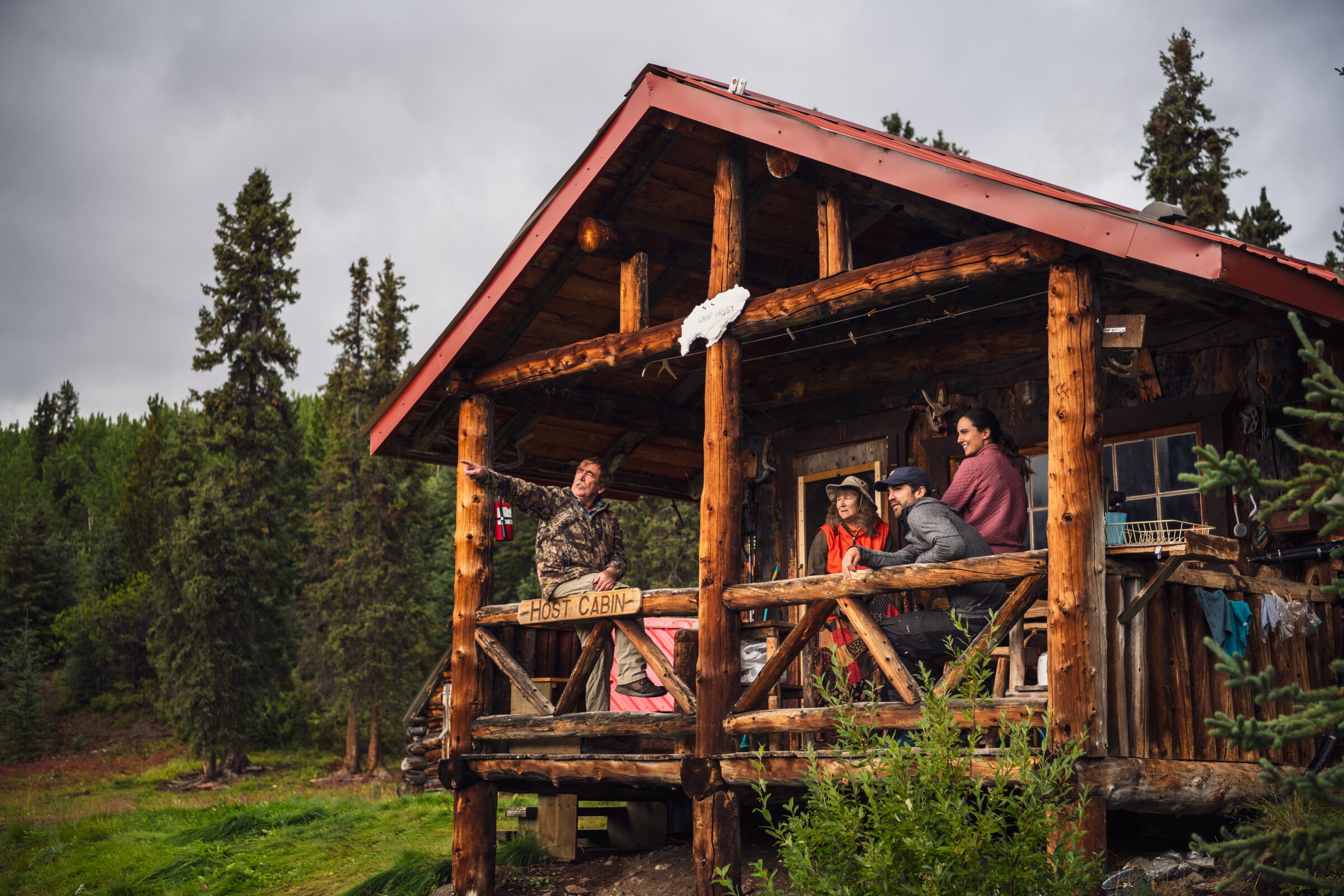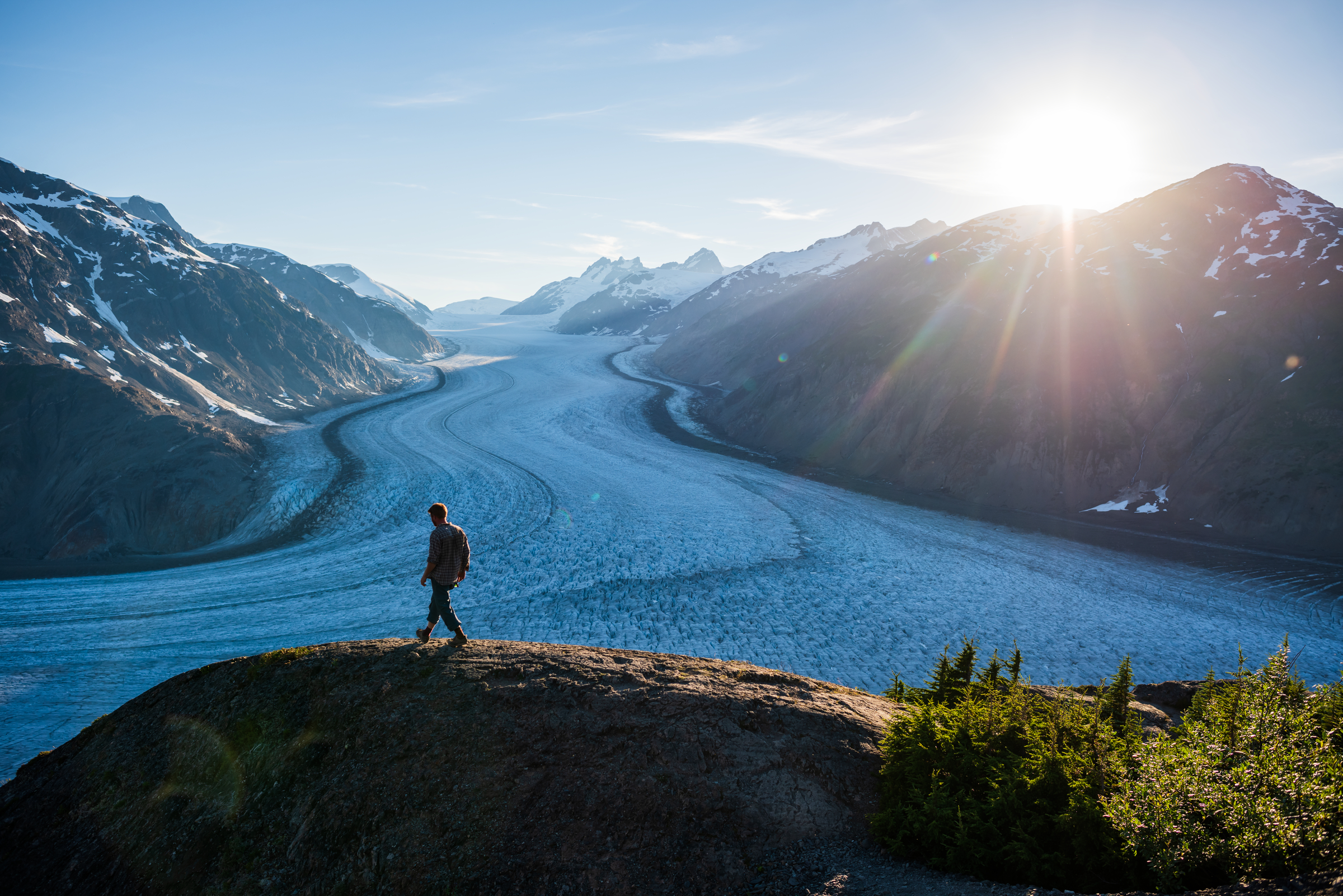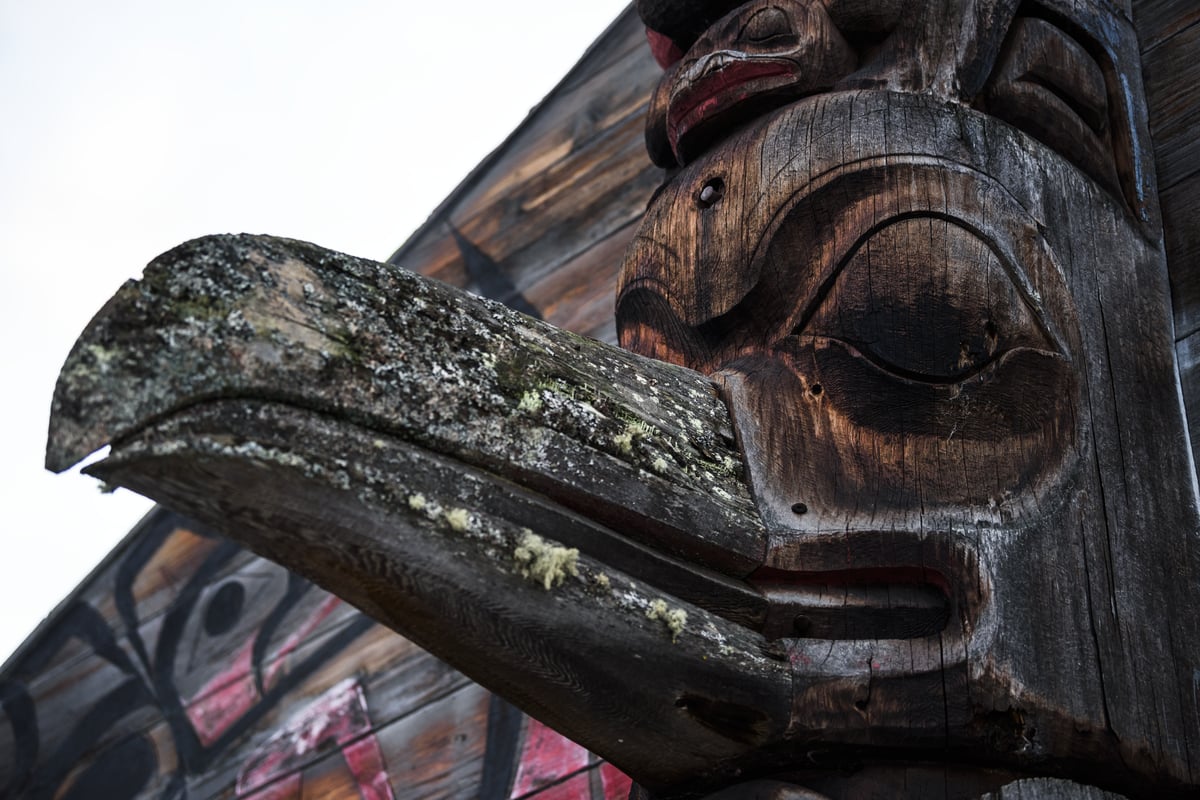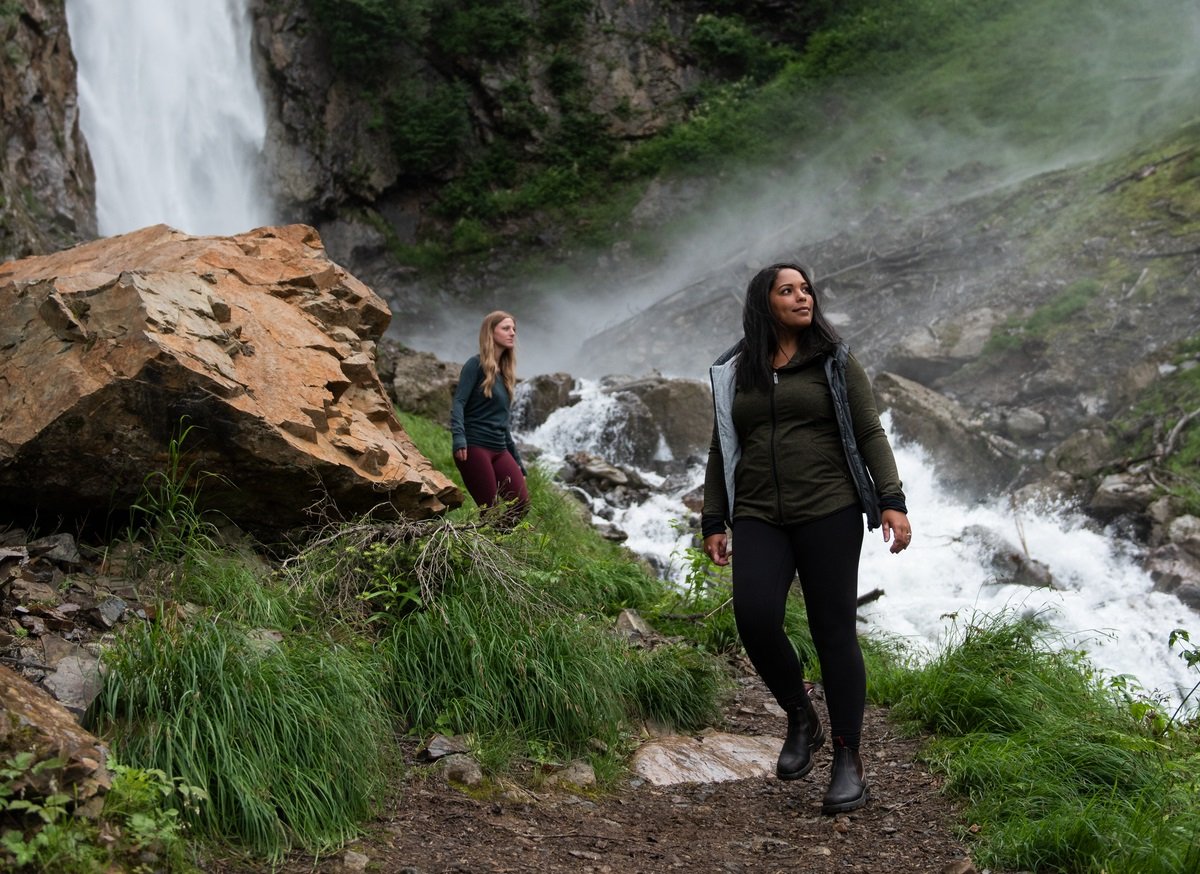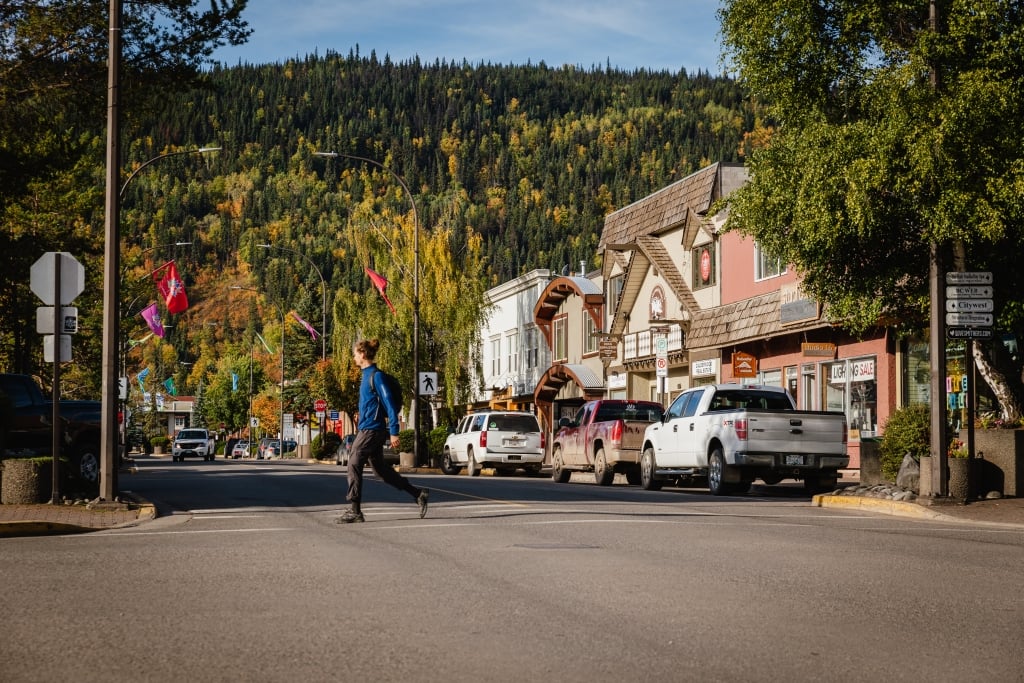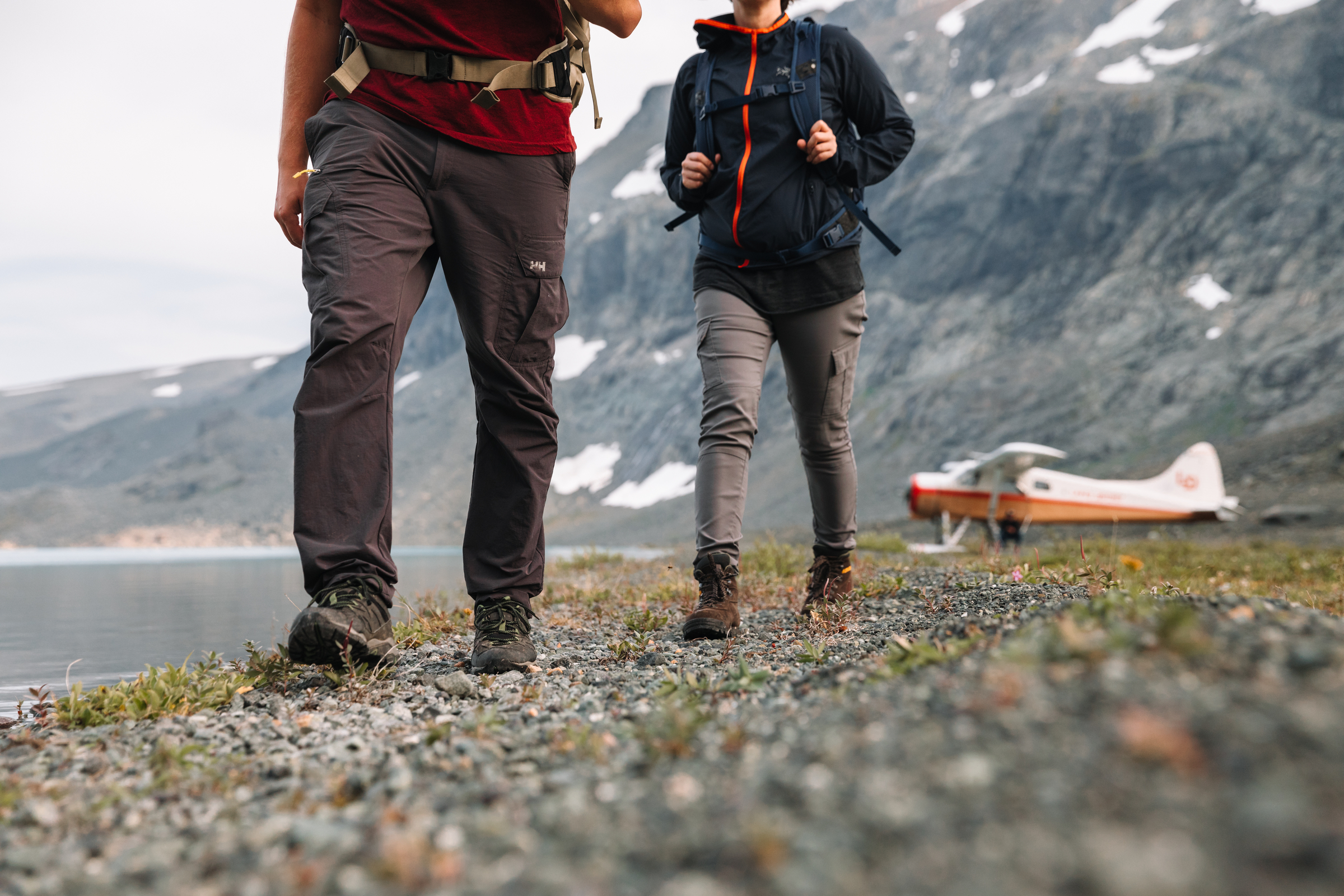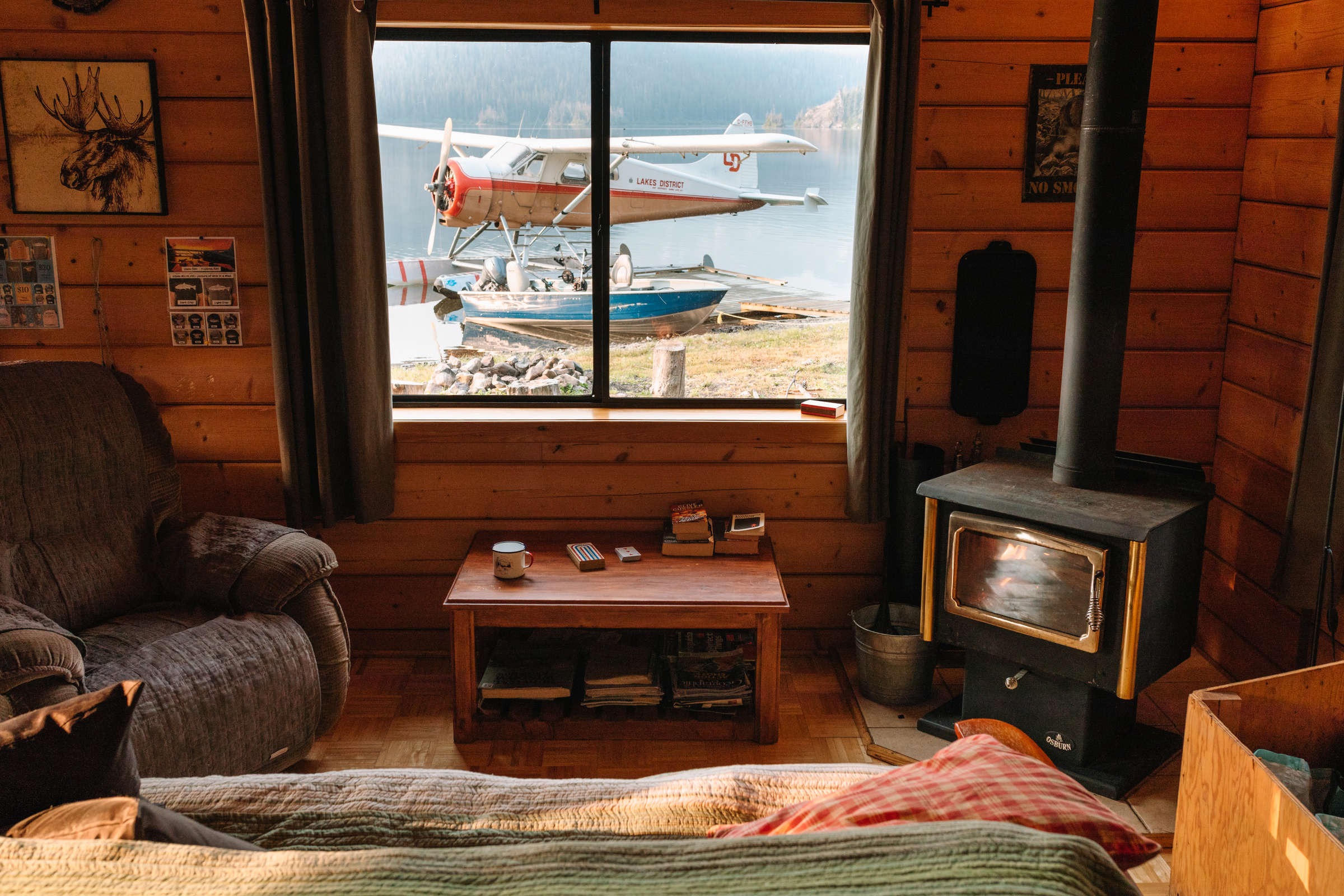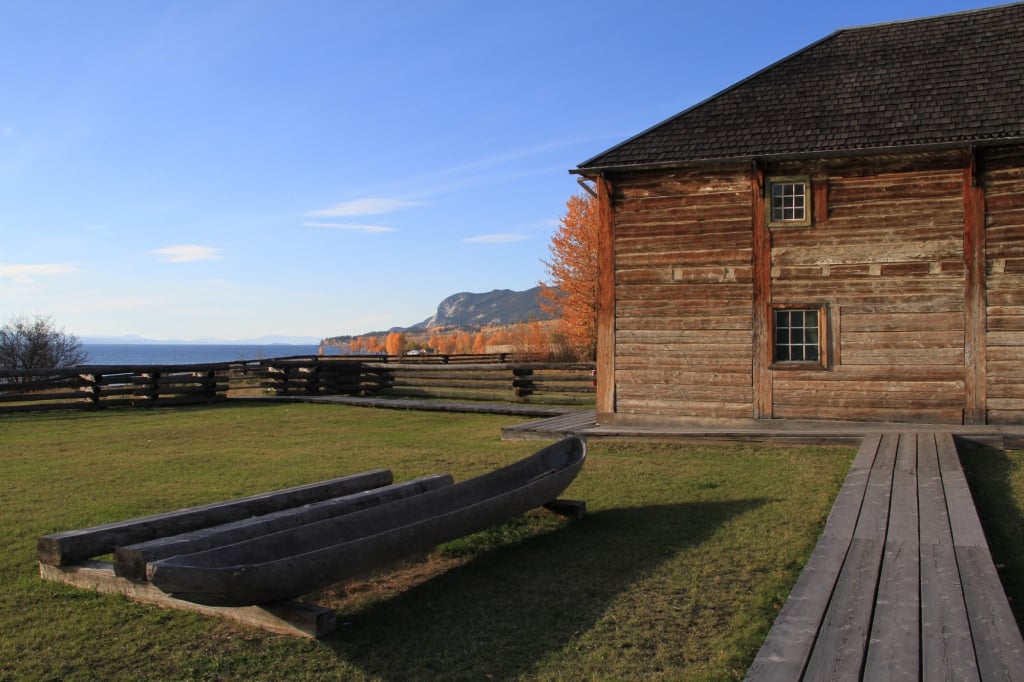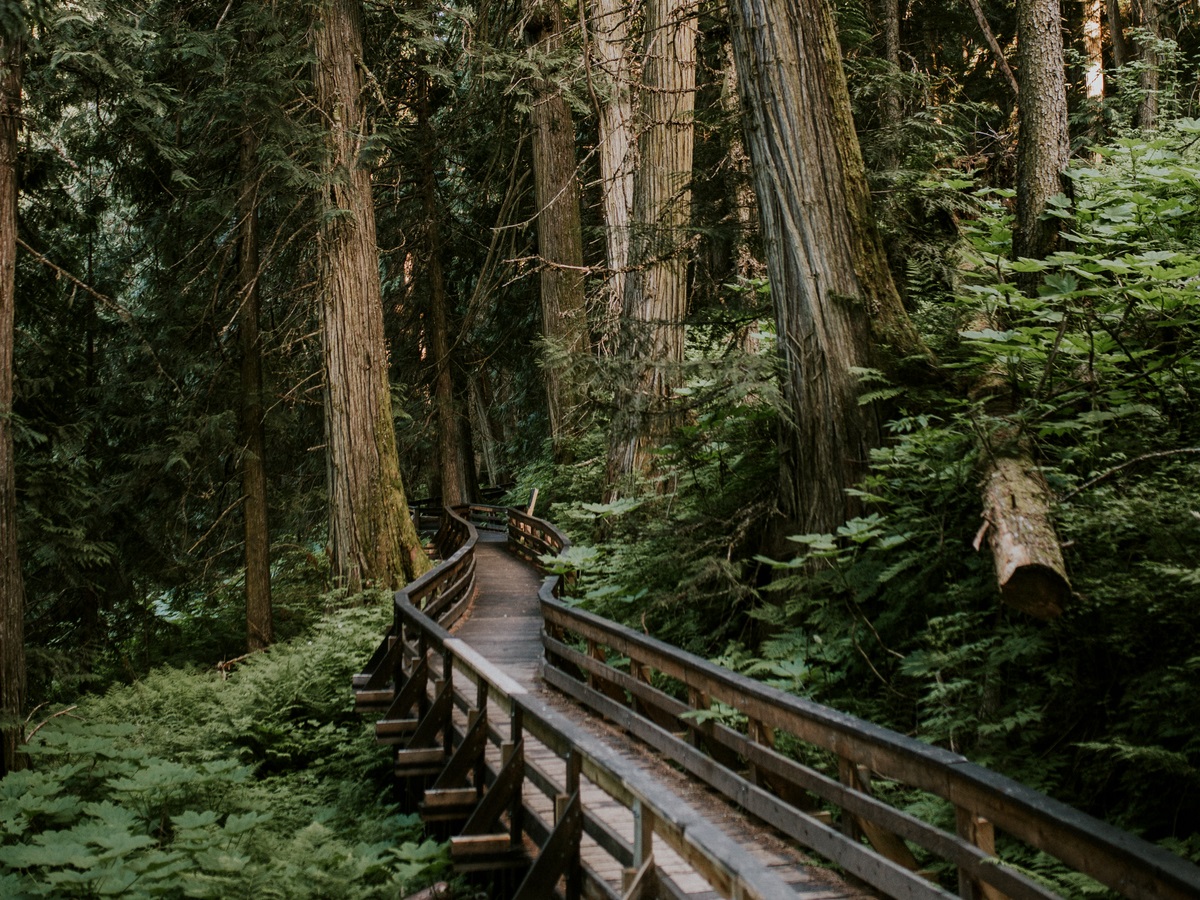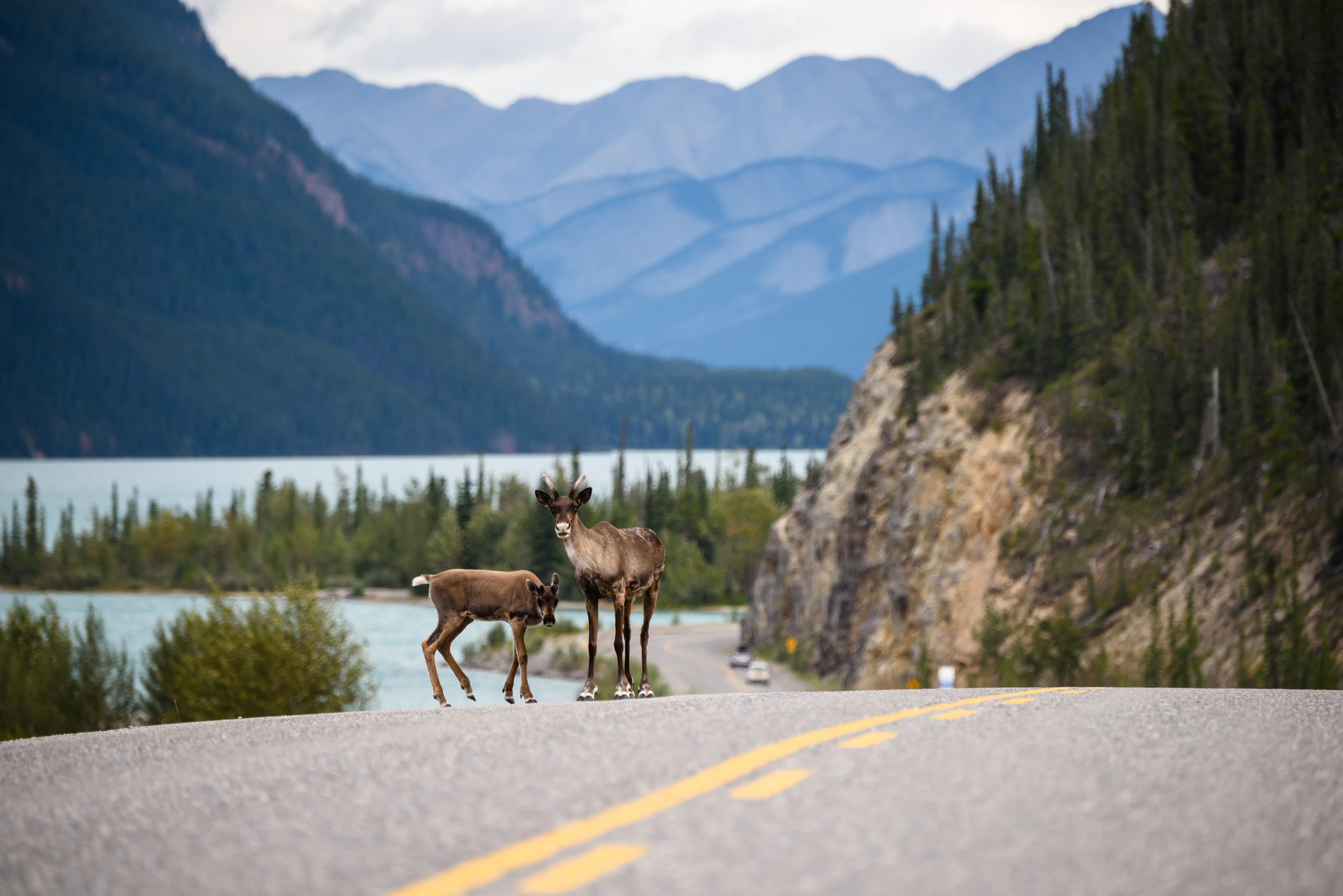Start your journey in the vibrant, modern city of Prince George. This basecamp to The Great Wilderness has more than 120 parks and plenty of indoor attractions.
Visit the Central BC Railway & Forestry Museum, a fun industrial heritage attraction in a spacious park-like setting on the shores of the Nechako River. An hour east on Highway 16, you’ll find the Ancient Forest/Chun T’oh Whudujut Provincial Park, the only inland temperate rainforest in the world and home to western redcedars that are over 1,000 years old.
Forty kilometres north is the historic Huble Homestead, where you can travel back in time to the 1900s and learn about early prospectors, as well as the traditional practices of the Lheidli T’enneh people at the First Nations Fish Camp exhibit.
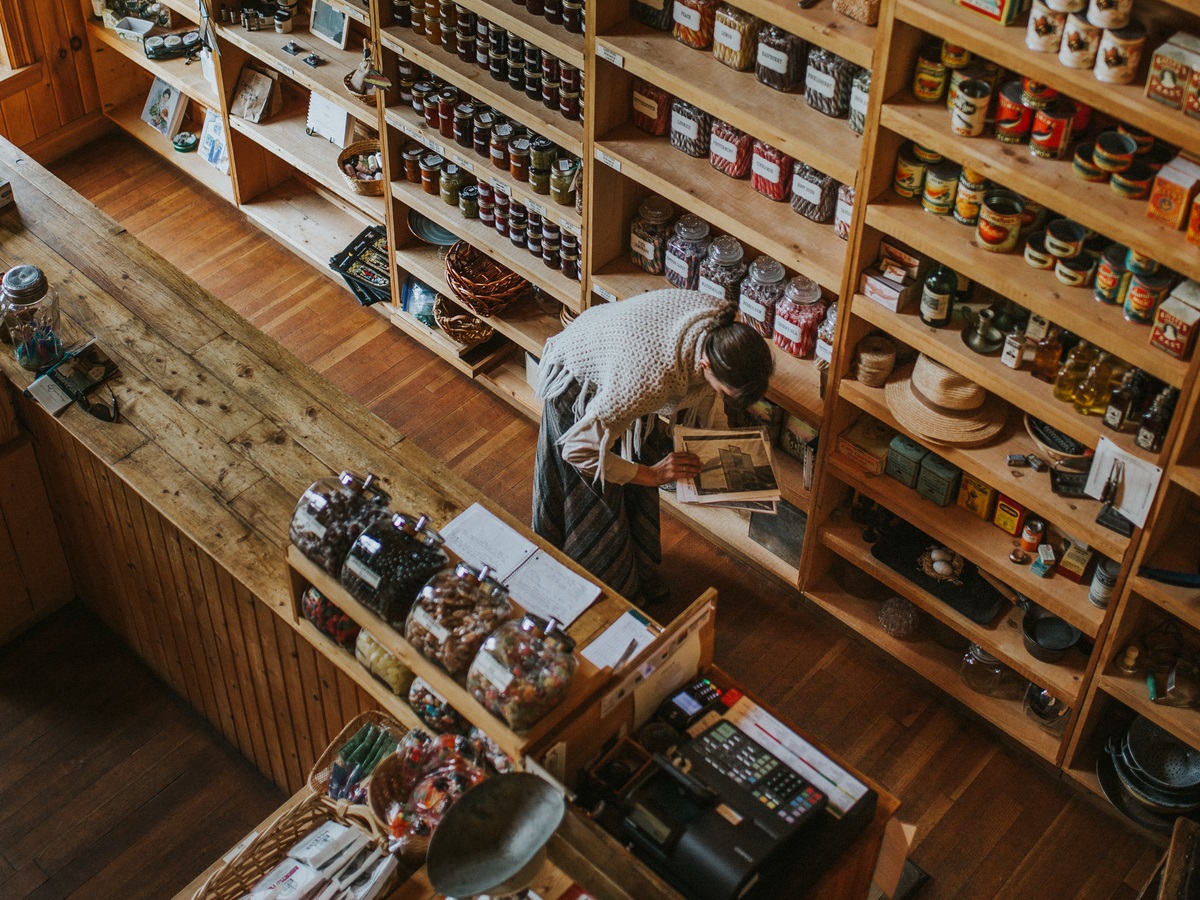
Huble Homestead near Prince George | Jongsun Park
PG is home to BC’s northernmost winery, Northern Lights Estate Winery, which offers tours and tastings with views of the river. Beer lovers will want to check out the aptly named CrossRoads Brewing as well as the popular Trench Brewing and the newcomer to the scene, Deadfall Brewing right in town.
If you love mountain biking, visit the Pidherny Mountain Bike trails. Prefer horses to bikes? Book a trail ride with El Shaddai Ranch and explore the Fraser River canyon.
Drive north on Highway 97 to scenic Pine Pass. Stop at breathtaking Bijoux Falls before heading to Chetwynd.


